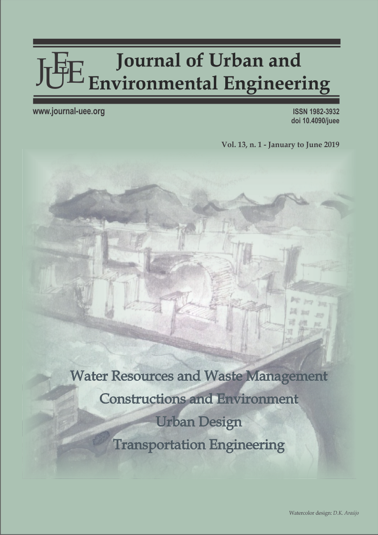INVESTIGATION ON THE VALIANTZAS’ EVAPOTRANSPIRATION MODELS FOR PENINSULAR MALAYSIA
DOI:
https://doi.org/10.4090/juee.2019.v13n1.174-182Keywords:
potential evapotranspiration, empirical model, comparison, tropical climate, Peninsular MalaysiaAbstract
The search for an accurate evapotranspiration (ET) continues when the world has responsibility to cope with the water scarcity issue, population outgrown and uncertain change of weather. Measuring actual evapotranspiration (ETa) can be tedious and requires a lot of time and cost. Therefore, numbers of empirical ET models have been developed to overcome this problem. The Valiantzas’ models are quite familiar to the hydrologist community as it has been developed based on Penman evaporation equation. This paper presents the evaluation on the selected six Valiantzas’ models by comparing to Food and Agricultural Organization Penman-Montieth (FAO-PM) empirical model in estimating ET in the Peninsular Malaysia. Seventeen meteorological stations around Peninsular Malaysia with data gathered from 1987 till 2003 were tested. The performance for each model was evaluated by root mean square error (RMSE), coefficient of determination (R2), percentage error (PE) and mean bias error (MBE). All the six models showed good agreement to FAO-PM with R2> 0.90. The PETval2 model which gave R2 of 0.97 was the best performer with the lowest RMSE, PE and MBE of 0.26, 5.5% and 0.14, respectively. The good and sensible performance on the ET estimation displayed by Valiantzas’ model may promise an accurate method for calculation on the water management for irrigation and catchment studies.Downloads
Download data is not yet available.
Downloads
Published
2019-10-05
Issue
Section
Articles




